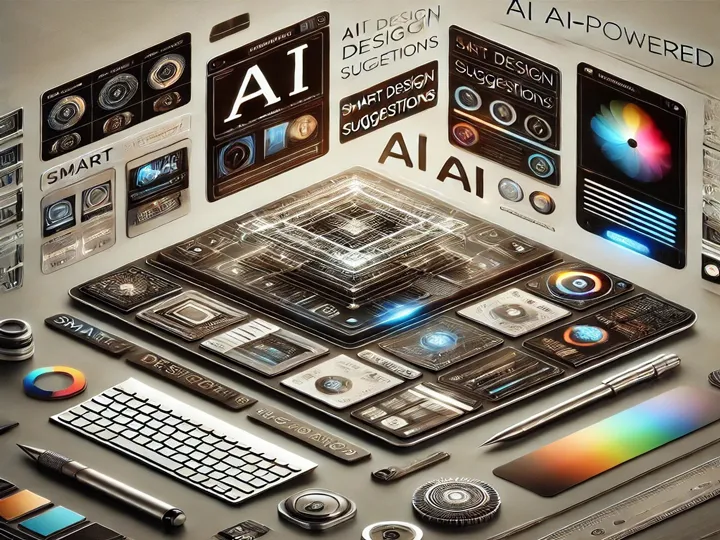UI/UX Design Trends You Can’t Ignore in 2025

The world of UI/UX design is evolving at an unprecedented pace. As we look ahead to 2025, several emerging trends are set to shape the way designers approach user interfaces and experiences. In this article, we’ll explore the key UI/UX design trends you simply can’t ignore in 2025.
1. AI-Powered Design and Machine Learning: Key UI/UX Design Trends to Watch in 2025
Artificial intelligence (AI) is revolutionizing the design world. With machine learning algorithms, design can become increasingly automated and personalized. In 2025, UX designers will widely leverage AI to predict user behavior, optimize layouts, and even adapt website content based on individual preferences. For instance, AI can automatically adjust the content on a page depending on what it anticipates the user wants to see. This is one of the key UI/UX Design Trends 2025 that designers must embrace to stay ahead in the competitive digital space.
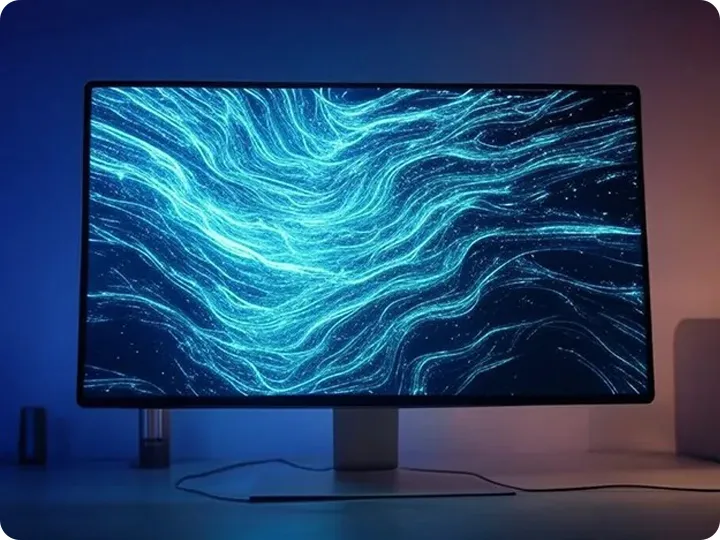
2. Borderless Design for Seamless Navigation
With the growing variety of devices and interaction methods, borderless design is becoming a major trend. This type of design removes traditional boundaries, enabling users to navigate seamlessly across pages. Borderless design creates a clean and intuitive interface that draws users’ focus to the content without unnecessary distractions.
Explore how borderless design principles enhance user experiences.
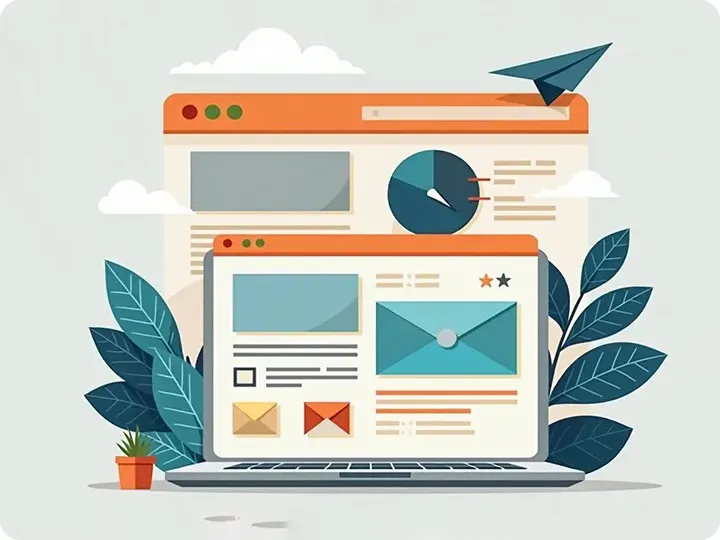
3. Microinteractions for Greater Engagement
Microinteractions refer to small, subtle interactions that occur when users interact with page elements. These can include hover effects, button animations, or even sounds when a button is clicked. In 2025, microinteractions will play a crucial role in creating dynamic and responsive interfaces. They provide users with a sense of engagement and satisfaction, ultimately enhancing the overall UX.
Check out examples of effective microinteractions that elevate design.
4. User-Centric Design with Accessibility Focus: Core UI/UX Design Trends for 2025
Accessibility in design is more than just a trend—it’s a necessity. In 2025, designers will place a stronger emphasis on creating websites that are accessible to all users, including those with disabilities. This involves adhering to WCAG (Web Content Accessibility Guidelines) and making sure that color contrast, font sizes, and navigation are suitable for people with varying abilities. By focusing on accessibility, designers can provide an inclusive and welcoming experience for everyone.
5. Immersive and Interactive Experiences (AR/VR)
Augmented reality (AR) and virtual reality (VR) are no longer futuristic technologies—they’re quickly becoming part of everyday user experiences. In 2025, brands are expected to integrate more AR and VR elements into their designs. Whether it’s using AR for virtual product try-ons in e-commerce or VR for immersive tours, these technologies will redefine how users interact with products and services online.
Discover how AR and VR trends are shaping the future of UX design.
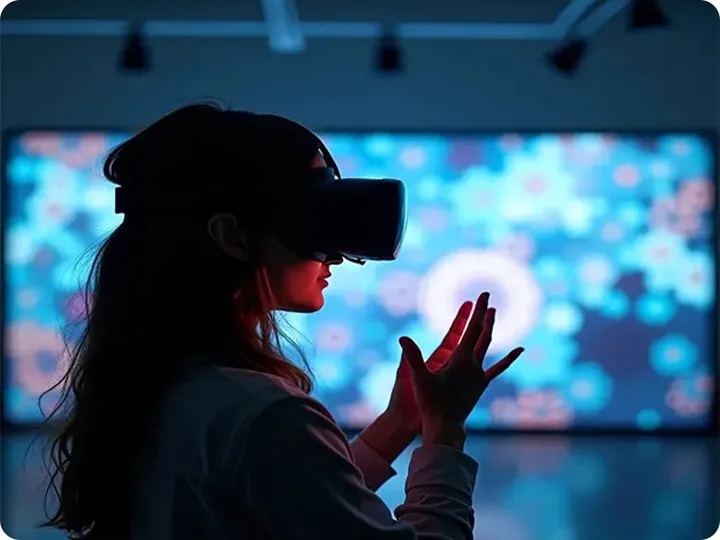
6. Dark Mode and High-Contrast Design
Dark mode continues to gain popularity across various platforms, and it’s expected to become even more prevalent in 2025. This design trend provides a sleek, modern look while also reducing eye strain, especially in low-light environments. Designers will focus on perfecting high-contrast elements, ensuring that users can easily read content without discomfort.
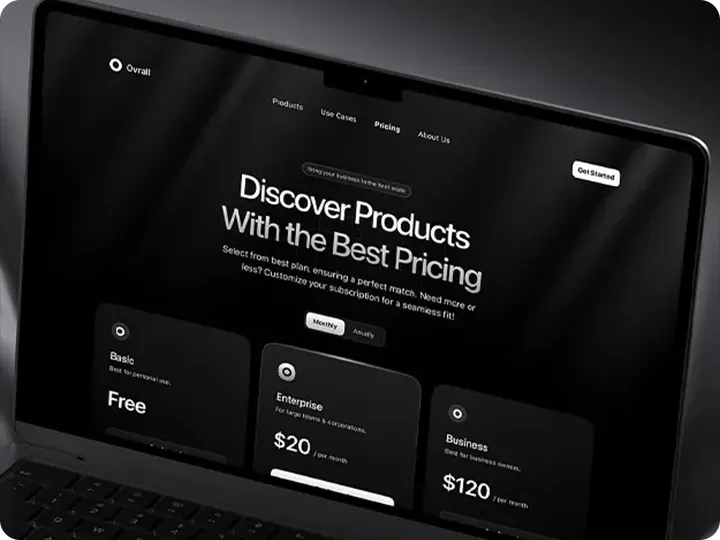
7. Simplified and Clean Interfaces
Simplicity remains at the heart of modern design. In UI/UX Design Trends, the trend of minimalism will continue, with interfaces moving toward intuitive, clutter-free designs. Designers will emphasize reducing unnecessary elements and amplifying the core message, ensuring users can quickly find what they need without distraction. This approach improves usability and accelerates user interactions.
Learn about minimalist UI principles and their impact on usability.
9. Personalized User Experiences
Personalization is key to engaging users. In 2025, UX/UI designs will focus more on delivering tailored experiences for each user. By leveraging data analytics, designers can create interfaces that respond to users’ behavior, preferences, and past interactions. Whether it’s through personalized dashboards, custom content suggestions, or adaptive layouts, users will feel more connected to the websites they visit.
Dive into the power of personalization in UX and how it boosts user satisfaction.
Conclusion
The future of UI/UX design in 2025 looks incredibly exciting, with advancements in AI, immersive experiences, accessibility, and personalization. As technology continues to evolve, these trends will not only influence how we design interfaces but also how users experience the web. By staying ahead of these trends, designers can create more intuitive, engaging, and inclusive digital experiences. For reading more insightful articles, visit our blogs page.

